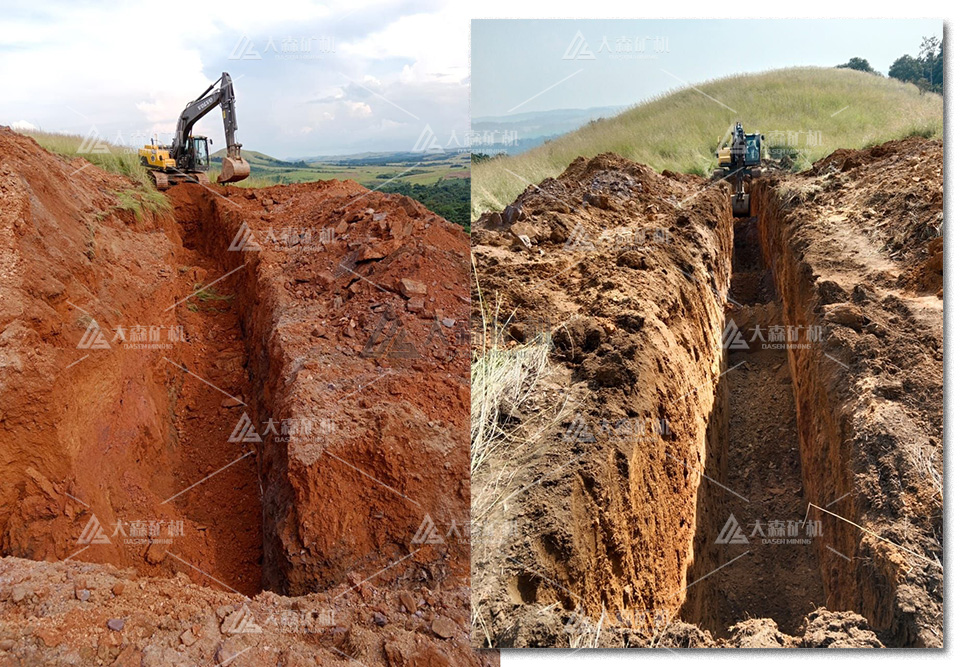What are the Key Approaches to Treating Iron Ore Tailings?
Iron ore mining is the bedrock of the global iron and steel industry, playing a pivotal role in various economic sectors. Iron ore, a strategic mineral resource with wide utilization and large consumption, was of great significance even during World War I. In the intricate iron process within iron ore mining, as extraction and development activities progress, an unavoidable consequence is the annual increase in tailing iron. These iron tailings, a by – product of the iron ore mining operations, bring about a host of problems, ranging from environmental concerns to potential safety hazards. This situation has propelled the urgent need for the development of effective treatment and comprehensive utilization of iron ore tailings.
Currently, there are three prevalent methods for dealing with iron ore tailings. The first is the re – concentration of tailing iron. Owing to the diverse properties of tailing iron, magnetic separation and gravity separation are commonly adopted to reclaim and re – select the valuable minerals present in the tailings. In magnetic separation, some iron in tailing iron is found in magnetite, weakly magnetic hematite, and limonite, while gangue minerals like non – magnetic quartz and calcite dominate. Leveraging this magnetic disparity, magnetic separation can efficiently recover iron from the tailings. After 2 – 3 stages of magnetic separation, when high – gradient magnetic separation is applied for the preconcentration of magnetic minerals, it can be combined with the shaking table or centrifuge process of gravity separation to yield iron concentrate or ferrotitanium concentrate.
The second method is tailings dry discharge. Two primary discharge methods for tailing iron are wet and dry. Wet discharge, the traditional approach, has numerous drawbacks and is gradually being phased out. In contrast, tailings dry discharge, a novel process that has emerged in recent years, eases the capacity burden on tailings ponds, reduces potential safety risks, and expands the possibilities for tailings reuse. The dry – discharge process system typically consists of a slurry pump, hydrocyclone, high – efficiency transformation thickener, high – frequency and high – efficiency dewatering screen, box filter press, and pulp conveying device.
The third method is filling the goaf with tailing iron. With the rapid evolution of filling mining methods and technology, using iron ore tailings to fill the goaf has become a popular choice for ecological restoration, especially in mines where the terrain is unsuitable for constructing tailings ponds. By optimizing the treatment of iron ore tailings and comprehensively recycling and utilizing them, global mine owners can maximize the utilization of mineral resources, achieving a harmonious blend of resource, economic, social, and environmental benefits. When making decisions, it is crucial to comprehensively assess factors such as the nature, scale, and return on investment of tailing iron to determine the most appropriate treatment and comprehensive utilization method for iron ore tailings.
Whatsapp:+86 133 1927 7356
Email:[email protected]

